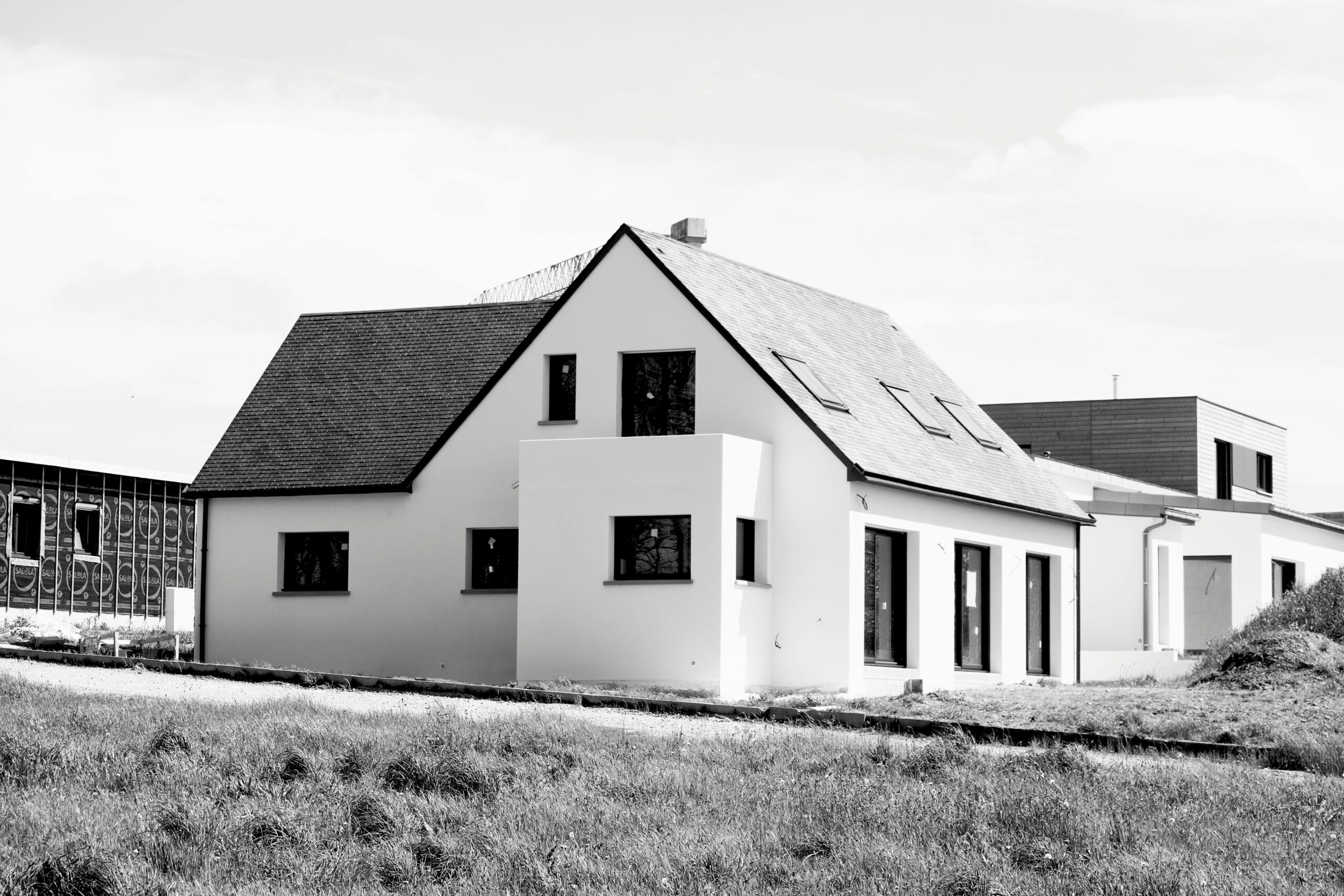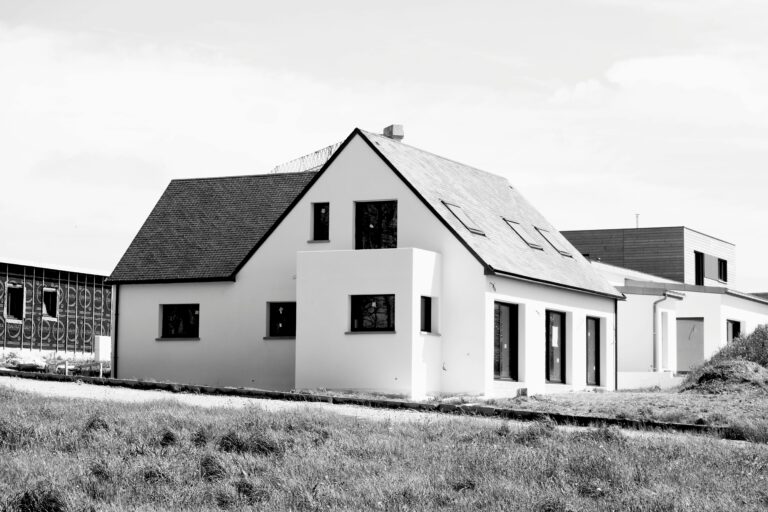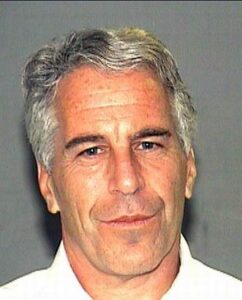
As the political spotlight intensifies in 2025, the possibility of Donald Trump returning to the White House has sparked widespread debate across industries—including real estate. Trump, known for his pro-business, deregulation-focused policies and “America First” economic stance, has historically taken bold approaches that ripple through the economy. Whether you’re a homeowner, homebuyer, investor, realtor, or developer, it’s worth asking: How could Trump’s economic policies impact the U.S. housing market if he returns to power?
In this article, we explore key areas of Trump’s economic philosophy and how they could influence housing prices, mortgage rates, construction, investor activity, and housing affordability.
1. Interest Rates and Inflation: Would Trump Pressure the Fed Again?
One of the Trump administration’s defining tensions was his open criticism of the Federal Reserve. Trump frequently called for lower interest rates and even negative rates during his presidency. If re-elected, he may once again pressure the Fed to cut interest rates to stimulate economic growth.
How this could affect housing:
- Lower mortgage rates would likely boost housing demand, making borrowing cheaper.
- Increased buyer activity could push home prices higher, especially in competitive markets.
- However, if rate cuts are seen as inflationary, it could lead to longer-term instability and reduce affordability.
Some analysts warn that politically motivated interference with the Fed could undermine the institution’s independence—which in turn might spook investors and increase volatility in financial markets, including real estate.
2. Tax Cuts 2.0: A Boon for Investors and High-Income Buyers?
Trump has championed tax cuts as a key economic driver. His 2017 Tax Cuts and Jobs Act reduced corporate taxes and lowered personal income taxes, benefiting high-income individuals and real estate investors.
If Trump returns with a second round of tax cuts, we could see:
- An extension or expansion of 1031 exchanges, which allow investors to defer capital gains taxes.
- Lower capital gains taxes, making real estate an even more attractive asset class.
- Increased investor activity in both residential and commercial sectors.
- More cash-rich buyers entering the luxury housing market.
On the downside, this could further widen the gap between investors and first-time homebuyers—making the affordable housing crisis worse.
3. Deregulation of Housing and Construction
Trump has long positioned himself as a champion of deregulation. During his first term, he signed executive orders aimed at reducing bureaucratic red tape across industries, including construction and housing.
If this approach returns:
- Builders may face fewer zoning restrictions, speeding up housing development.
- Environmental regulations may be loosened, potentially lowering construction costs.
- Opportunity Zones—which offer tax breaks for development in low-income areas—could see renewed emphasis and expansion.
This could help increase housing supply, especially in underserved areas. However, critics argue that excessive deregulation could lead to poorly planned developments, reduced oversight, and environmental consequences.
4. Immigration Policy and Labor Supply
One of Trump’s most controversial economic policies was his hardline stance on immigration. A stricter immigration approach could have major consequences for the housing industry, especially the construction sector.
Why this matters:
- A large portion of the construction labor force is made up of immigrants.
- A reduction in immigrant labor could lead to a labor shortage, driving up construction costs.
- Slower build times and higher home prices could result, worsening supply issues.
On the other hand, proponents of tighter immigration argue that limiting foreign workers could protect wages for American workers and reduce strain on public housing systems. But for real estate development, labor scarcity is a critical concern.
5. Global Investment and Foreign Buyers
During Trump’s first term, his “America First” approach and ongoing trade tensions with countries like China created uncertainty for foreign investors, especially in real estate.
If he reintroduces similar policies:
- Chinese and international buyers may face higher scrutiny or investment barriers.
- Cities like Los Angeles, New York, and Miami—popular with foreign investors—could see reduced activity.
- However, Trump’s deregulatory stance may attract foreign capital looking for stability and opportunity in U.S. real estate.
Additionally, if Trump eases restrictions on investment-based immigration (such as the EB-5 visa program), it could spur luxury development and increase high-end property sales.
6. Affordable Housing and HUD
The Trump administration’s record on affordable housing and urban development was mixed. While HUD initiatives like Opportunity Zones aimed to stimulate investment in low-income areas, critics say the administration failed to address affordable housing needs directly.
Should Trump return:
- Federal support for affordable housing may decrease, especially if budgets are cut in favor of tax reductions.
- Programs for first-time buyers, public housing, and rental assistance may be deprioritized.
- States and municipalities may be left to shoulder more responsibility for housing policy.
This could lead to greater disparities in housing access between high-growth, wealthy areas and low-income, underserved regions.
7. Real Estate as a Political Symbol
Let’s not forget: Trump is a real estate brand himself. From Manhattan skyscrapers to golf resorts, real estate is more than policy to Trump—it’s personal. His presence in the White House could elevate the visibility and cultural relevance of real estate investing as a path to wealth.
This might inspire:
- More individual investors and agents entering the market, particularly through short-term rentals and wholesaling.
- A social shift toward real estate entrepreneurship, particularly among younger or politically aligned demographics.
- An increase in celebrity, luxury, and branded real estate, blurring the line between business and media.
However, the politicization of real estate could also create polarization in certain markets, particularly those with strong blue vs. red ideological divides.

Final Thoughts: Uncertainty, Opportunity, and Risk
As with any political shift, a Trump presidency in 2025 would bring a unique blend of economic stimulation, deregulation, and unpredictability. For the U.S. housing market, that could mean both opportunity and risk.
Potential positives:
- Lower interest rates
- Favorable tax environment for investors
- Easier construction in deregulated zones
- Renewed real estate development and entrepreneurship
Potential challenges:
- Labor shortages in construction
- Worsening affordability for working-class buyers
- Reduced federal support for affordable housing
- Global investor uncertainty due to trade and immigration policy
Regardless of political leanings, real estate professionals should be prepared to adapt quickly, monitor policy shifts, and focus on education and communication with clients. The next administration could redefine what it means to invest, build, and live in America.





